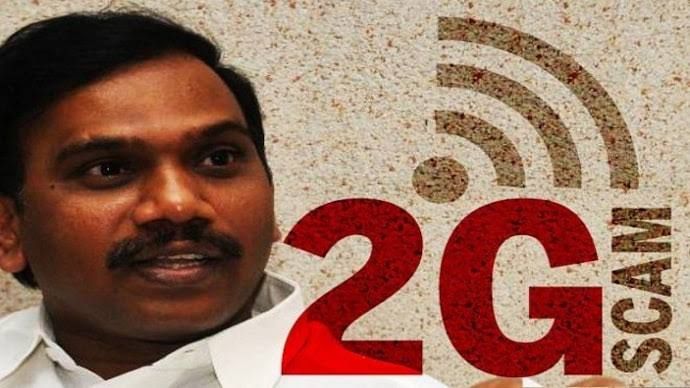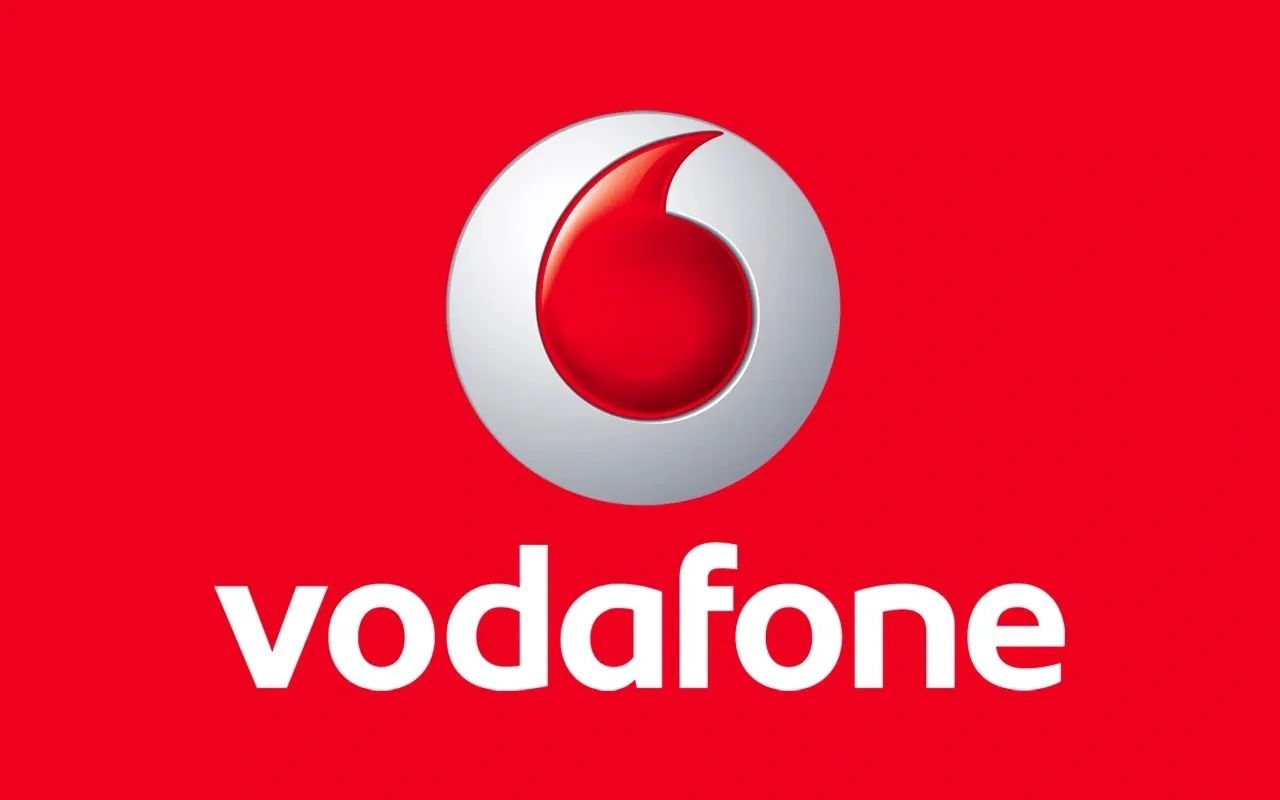Author: Raghav Agarwal, a 2nd year learner at Symbiosis Law School, NOIDA
ABSTRACT
The 2G Spectrum Scam is a major corruption scandal of India, exposition of deep-rooted governance issues, regulatory failures, and manipulating public resources. It came into light during the tenure of former Telecom Minister A. Raja, who was implicated in the allocation of 122 licenses for 2G spectrum at grossly undervalued prices, leading to an estimated loss of ₹1.76 lakh crores to the exchequer. This policy of “first-come, first-served” followed in the allocation process was highly non-transparent and did not concur with established regulatory frameworks, particularly recommendations of Telecom Regulatory Authority of India… The 2G Spectrum Scam, legally analyzed in this article under legal principles and judicial scrutiny, utilizes the I.R.A.C. method of dislocating the legal issues involved: Issue, Rule, Application, Conclusion. It details the background of the scandal, i.e., the flawed policies that enabled the corruption to take place. It examines the legal regime governing the Indian telecommunication sector, including critical statutes like the Telecom Regulatory Authority of India. Act and the Prevention of Corruption Act. It then proceeds to anatomize the judicial process, citing key judgments of the Supreme Court, including that historic verdict that scrapped all 122 licenses granted during the tenure of Raja for want of transparency and accountability in governance. The article also considers the judicial outcome for the telecommunications sector and accountability in public office. With the eventual discharge and acquittal of all accused persons in 2017, a problem has been raised about the efficacy of the legal system in dealing with high-profile corruption cases. In the ultimate analysis, the 2G Spectrum Scam is a cautionary tale for robust regulatory mechanisms, transparency in public decision-making processes, and respect for the rule of law to prevent misuse of authority.
TO THE POINT
The legal and institutional framework relating to the Indian telecommunications market has undergone significant changes in response to the rapid advancement of technology and the demands of a growing economy. It is essentially laws, regulations, and policies based on a framework that attempts to strike a balance between promoting competition amongst providers of telecommunication services and protecting consumer interests. The 2G Spectrum Scam, one of the major corruption scandals to have rocked India, brought into light serious lacunae in this legal framework concerning the methodology for the allotment and issuance of spectrum licenses. The present paper looks at the legal regime governing India’s telecommunications sector, which has been at the heart of considerable debate since the time of the 2G Spectrum Scam, and judicial interventions that have shaped the sector. The Telecom Regulatory Authority of India (T.R.A.I.) Act 1997 is considered the bedrock of India’s regulatory regime in telecommunications. This Act established the Telecom Regulatory Authority of India, popularly known as T.R.A.I., a statutory, independent body whose mandate was to ensure fair play in competition and protect consumer interests. Core regulatory functions have been provided under the Act, ensuring that spectrum is correctly priced and simultaneously curbing anti-competitive practices by the telecom service providers. The role of T.R.A.I. is of prime importance given that it saves the market from monopolistic tendencies and encourages innovations. Licensing by the Department of Telecommunications (DoT) must be transparently implemented based on recommendations by T.R.A.I. This must be done to ensure that the public develops confidence in the regulatory regime and effectively utilizes the public resource base.
This, too, is related to the T.R.A.I. Act, but in dealing mainly with corruption within the telecommunication sector, the Prevention of Corruption Act of 1988, comes into play. The Act criminalizes corruption and bribery among public officers by providing a solid legal framework for investigation and prosecution against corrupt individuals. Other key provisions under the Act are that it defines corruption, bribery, and abuse of power by public officials with stringent penalties upon conviction. The prosecution of corruption-related cases involving telecoms, like the one involving the 2G Spectrum Scam, finds its basis in specific provisions under the I.P.C., 1860: criminal conspiracy under Section 120B, cheating under Section 420, and criminal breach of trust under Section 409. These sections eventually bring accountability on legal grounds for corrupt practices in the telecommunications sector. The 2G Spectrum Scam is a massive case study regarding regulation advice and its implications on telecommunication policy. T.R.A.I. had recommended spectrum allocation through auctions to ensure transparency and maximize government revenue intake. However, these recommendations were not followed in their entirety while making the allocations, leading to considerable losses in terms of finance and alleged corruption. The Comptroller and Auditor General pegged the loss due to flawed allocation at ₹1.76 lakh crores, which implied the magnitude of the regulatory dictate. No less serious was the implication of the charge of non-compliance with T.R.A.I.’s recommendations on the integrity of the decision-making process within the DoT and the erosion of the regulatory body’s authority.
However, the judiciary’s role becomes indispensable in bringing accountability and ensuring transparency within the utilization of public resources. The interjection of the Supreme Court in the 2G Spectrum Scam had broad ramifications. It was in 2011 that the Central Bureau of Investigation instituted an F.I.R. based on a report by C.A.G., showing substantial financial loss to the exchequer due to defective allocation of the 2G spectrum. The investigation unraveled a network of corruption from top executives of telecom firms to politicians and bureaucrats. Key figures, including the then Minister of Communications A. Raja, were implicated in the scandal. Thus, The C.B.I. charged many accused individuals and companies, including Reliance Telecom, Swan Telecom, and Unitech Wireless, with offenses under the I.P.C. and the Prevention of Corruption Act. A special court was formed by the Delhi High Court to speed up the trial of cases relating to the 2G Spectrum Scam. The special court wanted to ensure a speedy trial to meet the demand of the people for an end to this. In February 2012, the Supreme Court passed its historic judgment of scrapping all the 122 telecom licenses given during the tenure of A. Raja. It held that the policy of “first-come, first-served” was not fair and transparent, and the manner of allotting the spectrum was contrary to the recommendation made by T.R.A.I. for auctioning. The judgment underlined the role of the judiciary when the arbitrary functioning of the government had started distributing national wealth in a manner inconsistent with democratic principles. The ruling sent a strong message to public officials about the consequences of corruption and misconduct.
Despite intervention by the Supreme Court and investigation by the C.B.I., the trial itself had problems, culminating in the acquittal of all accused in December 2017. The special court said the prosecution had failed to prove the allegations beyond a reasonable doubt, and many saw the acquittal as a reflection of the inability of the legal system to prosecute high-profile corruption cases. However, the acquittal raised questions about whether the legal system could bring the mighty to book, particularly in corruption cases relating to public resources. The 2G Spectrum Scam and its judicial outcome have had significant implications for governance and accountability in India. It highlighted the need for systemic reforms to ensure that there was transparency and fairness in the handling of public resources. The cancellation of the licenses by the Supreme Court was thus more about restoring public confidence in governance and reentering the judiciary’s role to question the accountability of public functionaries for corruption. This case also brought out the need to reform the regulatory mechanisms in the telecom sector to prevent such instances of corruption and mismanagement in the future.
One of the critical areas for reform is the process through which the spectrum is allocated. All these T.R.A.I. recommendations would ensure fair competition and maximize the revenue accrues to the government by auctioning the spectrum, thereby nip corruption in future allocations. The best international practice for allocating the spectrum can minimize the scope for corruption and lead to more efficient use of public assets. However, this also requires greater autonomy and strengthened authority for regulatory bodies such as T.R.A.I. to ensure the implementation of its recommendations without political interference. Technology is critical in bringing more transparency and accountability into the regulatory process. Digital license application platforms, spectrum auctions, and public disclosures can reduce bureaucracy and limit corruption opportunities. Including technology in the regulatory apparatus increases public participation and oversight, enabling citizens to hold their government accountable. Further, the increasing importance of cybersecurity and data privacy in the telecommunications sector demands that exhaustive legal frameworks be implemented to address the emerging challenges. While some provisions on cybersecurity have been made in the Information Technology Act, there is still a dire need for stronger laws in order to protect consumer interest and restore public confidence in the use of telecom services.
Similarly, civil society and interest groups have become instrumental in demanding transparency and accountability within the sector. Since their role in the regulatory process ensures that issues relating to people with low incomes are considered and these communities are represented during policy debates, the government can work with regulating agencies and civil society to elaborate more inclusive and consultative policies serving the public interest. Thus, from the 2G Spectrum Scam, the alarming weaknesses in India’s regulatory regime for telecommunication became known, and the imperatives of large-scale reforms to keep corruption out, infuse transparency, and introduce accountability became crystal clear. However, as the telecom sector evolves further with the advent of technology, it is from this case that vital lessons in framing a more just and equitable regulation regime will be learned. It ensures integrity, transparency, and adherence to the rule of law so that the sector contributes to India’s economic growth and social development while meeting all citizens’ needs.
CONCLUSION
Exposures in the 2G Spectrum Scam show systemic susceptibilities in India’s governance and regulatory structure, bringing forth complex linkages between political power, corporate interest, and legal accountability. This scam rocked the whole tenure of the former Telecom Minister A. Raja was involved in the allotting of 122 telecom licenses at a category valuation and caused an estimated loss to the exchequer at ₹1.76 lakh crores. The flaw in the “first-come, first-served” policy followed in the allocation process was non-transparent and contrary to established regulatory principles, especially recommendations made by the Telecom Regulatory Authority of India. The intervention of the Supreme Court in February 2012, annulling all 122 licenses, commanded the judiciary’s critical role in preserving public interest and ensuring accountability in governance. The Court ruled that the allocation process was fundamentally flawed and agitated principles of fairness and transparency. This historic judgment was seminal in reiterating the judiciary’s role in questioning arbitrary governmental actions that compromise public resources.
However, this was followed by the acquittal of all the accused in December 2017. This has brought into question the capacity of the rule of law to prosecute corruption cases among leading figures. The judgment of the Special Court that the prosecution failed to prove the case beyond reasonable doubt now has broad skeptical feelings about the judicial mechanism’s ability to nail responsibility among powerful men. The result in this case reflects all too well the problems encountered in trying complex corruption cases and the pressing need for systemic reforms of the legal framework to empower it effectively. The fallout of the 2G Spectrum Scam goes beyond individual accountability into reassessing the telecommunication sector’s regulatory mechanisms. Similarly, the recommendations of the T.R.A.I. on auction-based allocations should be revisited to ensure transparency and maximize government revenues. This would further align with global best practices on offering spectrum allocation and reducing leeway for corruption, thus providing a more level playing field.
Moreover, the use of technology in the regulatory scheme is where progress could be achieved in ensuring more transparency and accountability. For example, virtual systems for license applications and spectrum auctions can help reduce bureaucratic processes and remove corruption as an option. This technologically advanced development, combined with public involvement in the regulating process, opens avenues through which citizens can hold those in government accountable, thereby democratizing it further. Hence, the 2G Spectrum Scam has turned out to be a grim reminder of the imperative need for substantial reforms in India’s regulatory and legal mechanisms. It requires greater coordination among policy thinkers, regulatory bodies, and the judiciary to bring transparency, accountability, and fairness into the system, ensuring the rule of law and safeguarding public resources. Lessons from this scandal should inform future legislative and regulatory initiatives to ensure the telecommunications sector advances economic growth and broader social interests. As India grapples with the challenges of a rapidly changing telecommunications environment, the need for integrity, transparency, and the rule of law remains uppermost in creating a just and equitable regulatory regime.
FAQ
- What is 2G Spectrum Scam?
The 2G Spectrum Scam is one of the significant corruption scandals in India, in which 122 telecom licenses were issued at undervalued prices during the tenure of A. Raja as Telecom Minister. It caused an estimated loss of ₹1.76 lakh crores to the exchequer and underlined critical governance and regulatory failures.
- What are the legal violations identified?
The allocation was done disregarding the regulations, especially recommendations of the Telecom Regulatory Authority of India, the telecommunication firms, which had proposed auctioning of the spectrum as the method for allocation and to be done transparently. The Supreme Court also held the “first-come, first-served” policy as intrinsically faulty and non-transparent.
- What is the holding of the Supreme Court?
In February 2012, the Supreme Court set aside all 122 licenses because accountability and the rule of law were absent in public governance. This judgment highlighted the judiciary’s role in protecting public properties.
- What were the ramifications of the 2017 acquittal?
This brought questions about the efficiency of the legal system in trying high-profile corruption cases, and it underlined a need for legislative reforms to enhance the integrity of the judiciary and increase mechanisms for fighting corruption.




